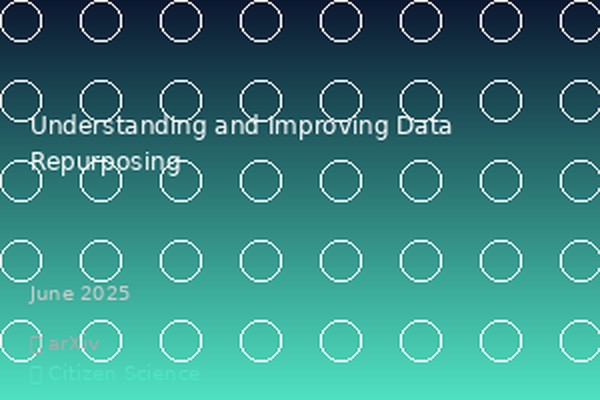Blue Light Secretly Changes How Your Brain Makes Risky Decisions
June 25, 2025
What if the lighting around you could literally change how you make financial decisions? A groundbreaking new study published in Scientific Reports reveals that blue-enriched light—the kind found in casino lighting and smartphone screens—actually reduces our brain's natural aversion to losses, making us more willing to take risks.
The Hidden Power of Light on Your Brain
We all know that light affects our sleep and mood, but this research shows it goes much deeper. Dr. Alicia Lander and her team at the University of the West of England discovered that different types of light can actually influence our financial decision-making by affecting something called "loss aversion."
Loss aversion is our brain's natural tendency to feel losses more strongly than equivalent gains. Normally, losing $100 feels worse than gaining $100 feels good. It's an evolutionary survival mechanism that keeps us from making dangerous gambles with our resources.
The Experiment That Changed Everything
The researchers tested 15 participants aged 18-27 in a carefully controlled experiment. Each person completed the same gambling task twice—once under blue-enriched light and once under blue-depleted light, with both conditions having identical visual brightness.
The results were shocking: Under blue-enriched lighting, people became significantly less loss averse. The statistical analysis showed a clear effect (β = −.43, 95% CI [−.82, −.04], p = .03), meaning blue light literally changed how people's brains processed potential losses.
What This Means for You
Think about where you encounter blue-enriched light every day:
- Casino gaming floors with their specially designed lighting systems
- Smartphone screens when checking trading apps or making online purchases
- LED monitors while day trading or managing investments
- Modern office lighting during important financial meetings
The Science Behind the Effect
This isn't just about psychology—it's about biology. Blue light affects our circadian photoreception system, which influences hormone production and brain chemistry. The researchers believe this biological pathway is what's causing the change in decision-making behavior.
Interestingly, this effect happens even when the lighting appears identical to your eyes. The visual brightness was the same in both conditions, but the spectral composition—the specific wavelengths of light—made all the difference.
Implications for Policy and Personal Protection
The researchers suggest this discovery could lead to new approaches for gambling regulation. If lighting can influence risk-taking behavior, should there be regulations on the types of lighting used in casinos and betting establishments?
For individuals, this research suggests some practical protective strategies:
- Be extra cautious about financial decisions made under blue-rich lighting
- Consider using blue light filters when making important financial choices on devices
- Take breaks from screens before making significant financial decisions
- Be aware that casino environments may be specifically designed to influence your decision-making
The Bigger Picture
This study opens up fascinating questions about how our modern light-rich environment might be affecting human behavior in ways we never imagined. From LED streetlights to smartphone screens, we're surrounded by artificial light with specific spectral properties that could be influencing our decisions without our conscious awareness.
The research team emphasizes that this is just the beginning. More studies are needed to understand the full implications of circadian photoreception on human decision-making, but the initial findings are clear: light doesn't just help us see—it helps shape how we think.
Key Takeaway for Citizen Scientists
This research shows how environmental factors we rarely think about can influence human behavior. It's a perfect example of why citizen science is so valuable—by studying the world around us systematically, we can uncover hidden influences on our daily lives and make more informed decisions.
Original Research: Lander, A.C., Burge, M.T., Thomas, B.G. et al. "Circadian photoreception influences loss aversion." Scientific Reports 15, 13051 (2025)
DOI: https://doi.org/10.1038/s41598-025-97370-z


